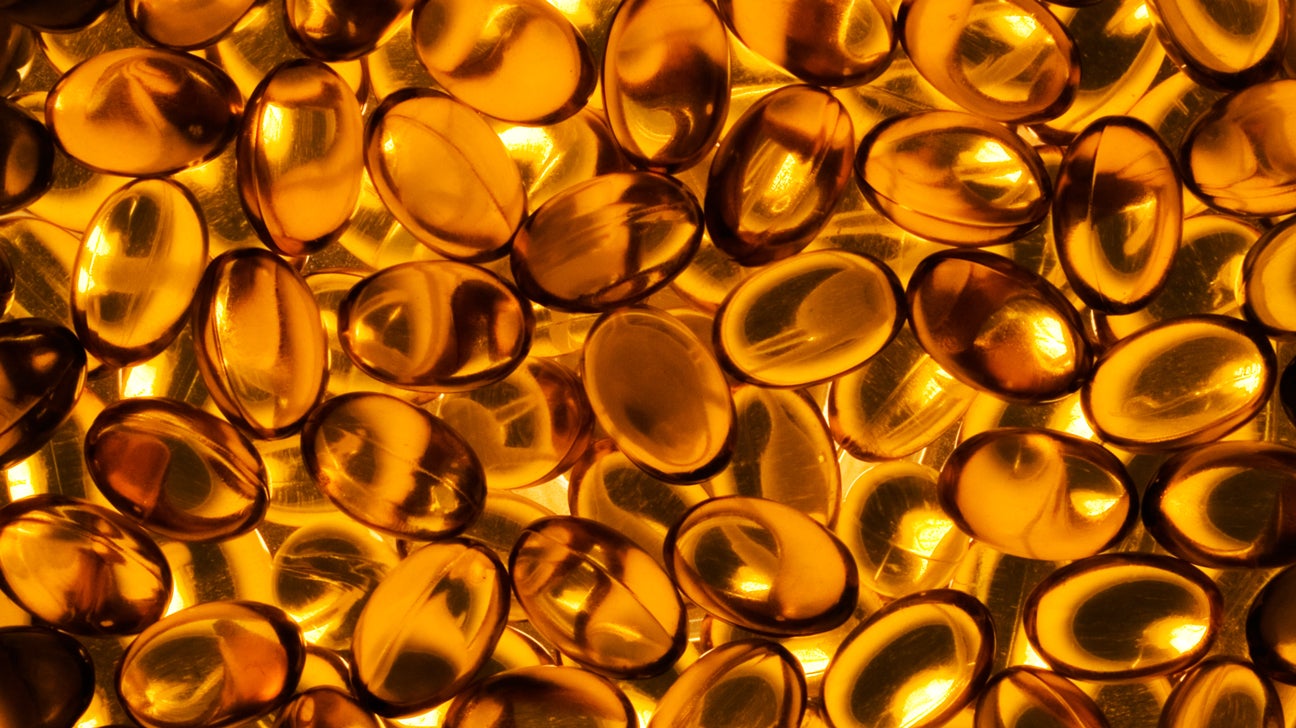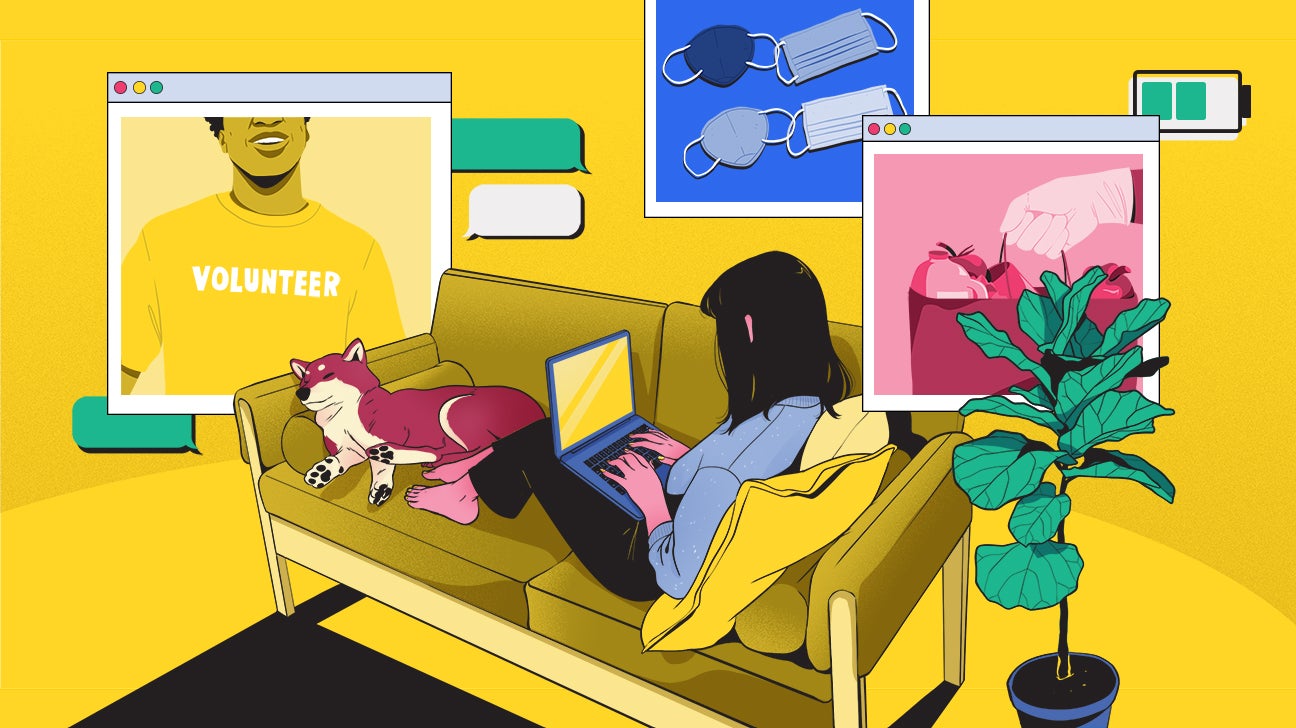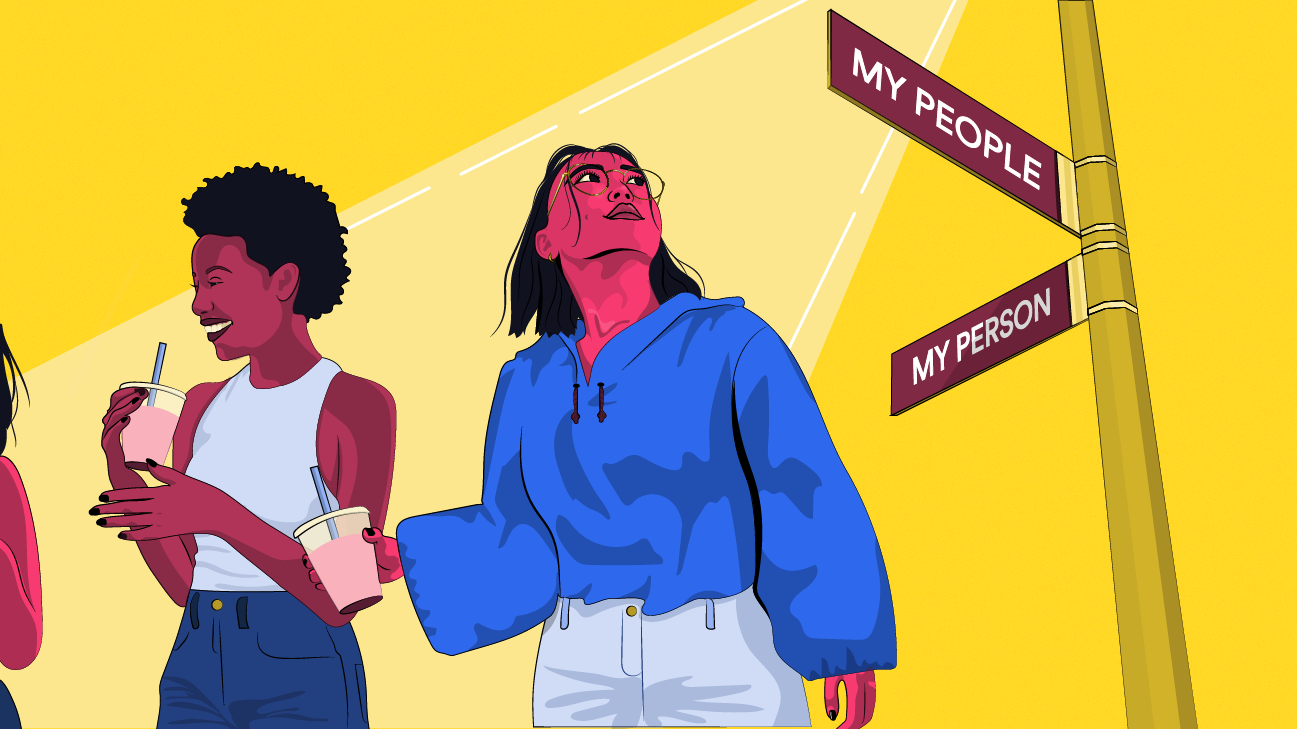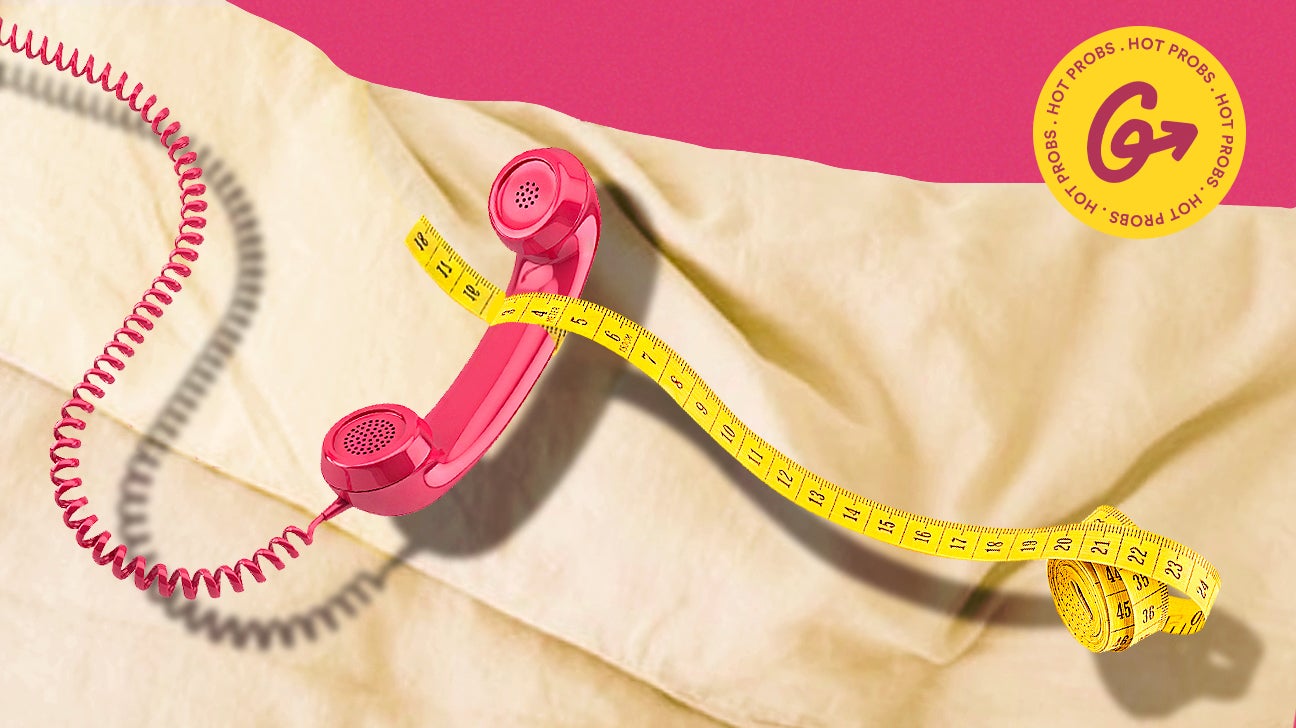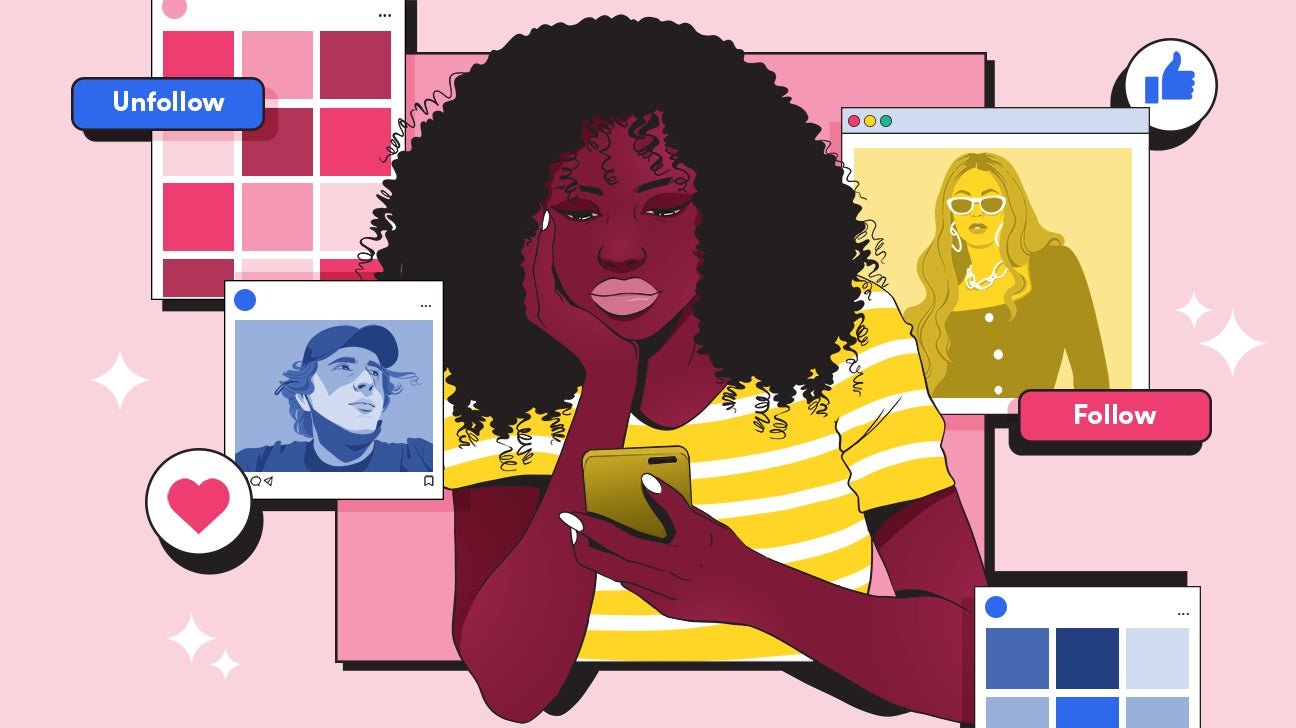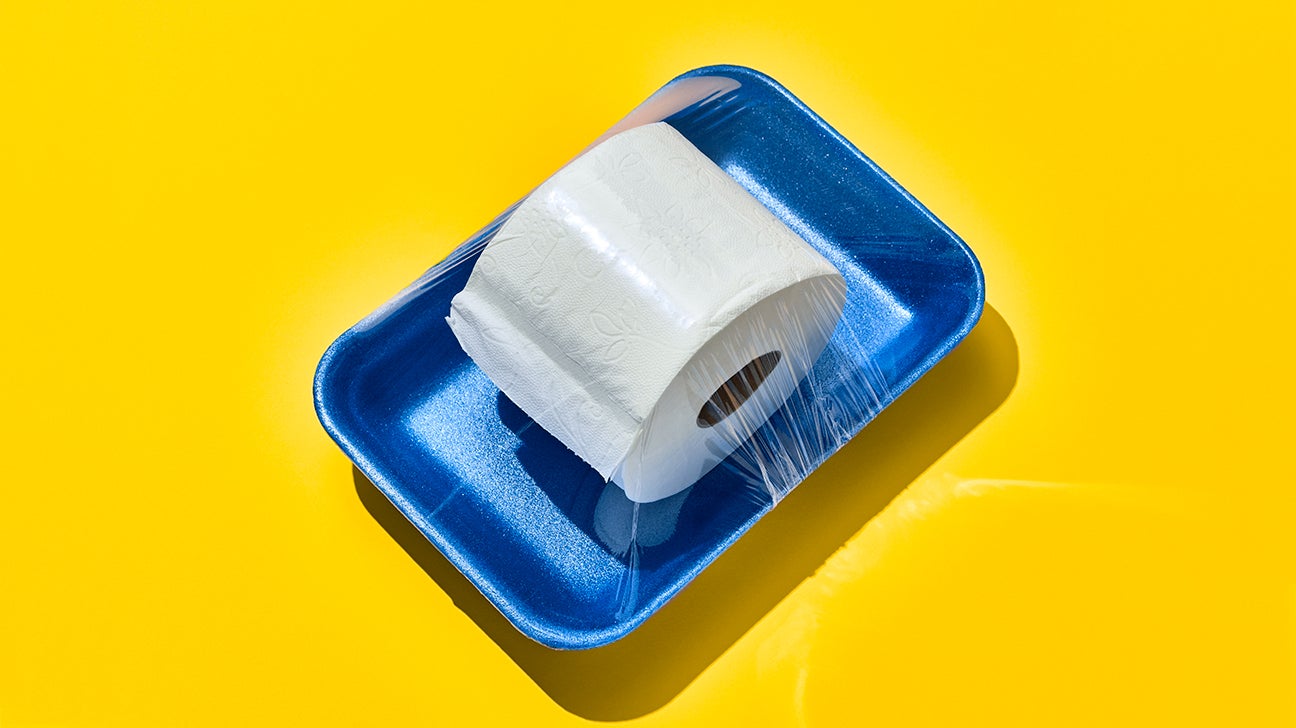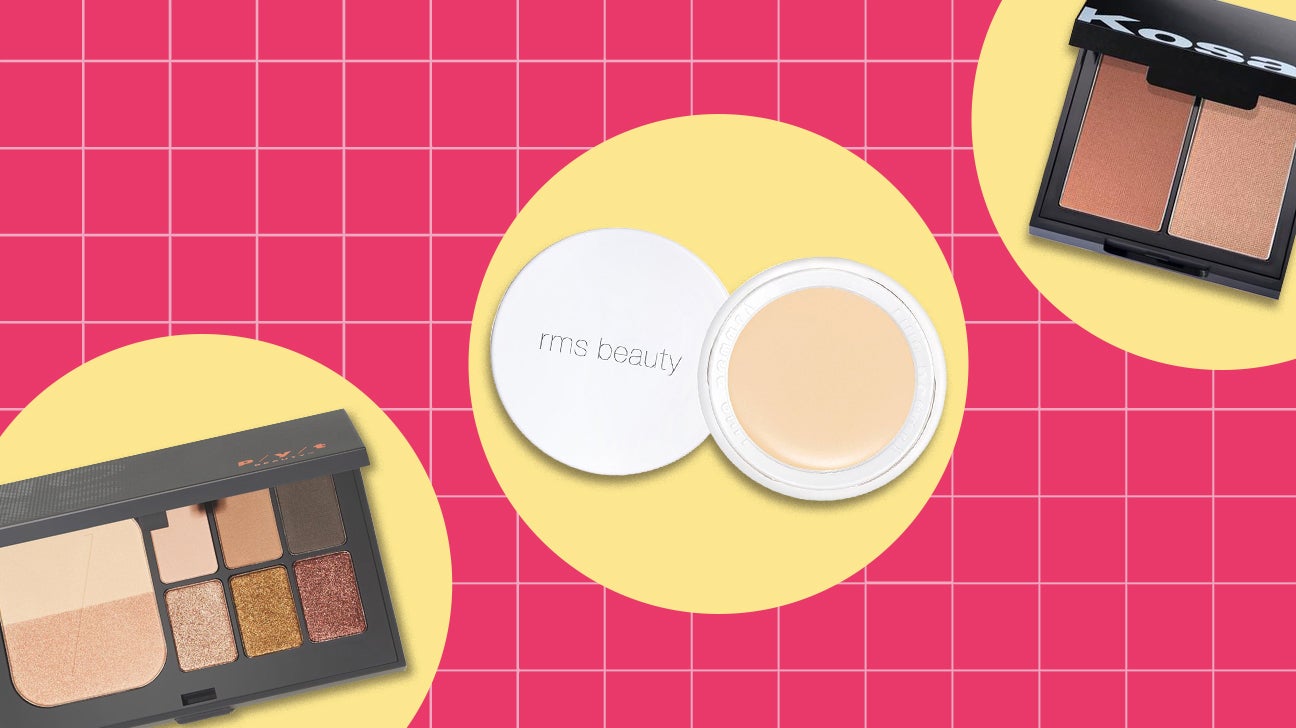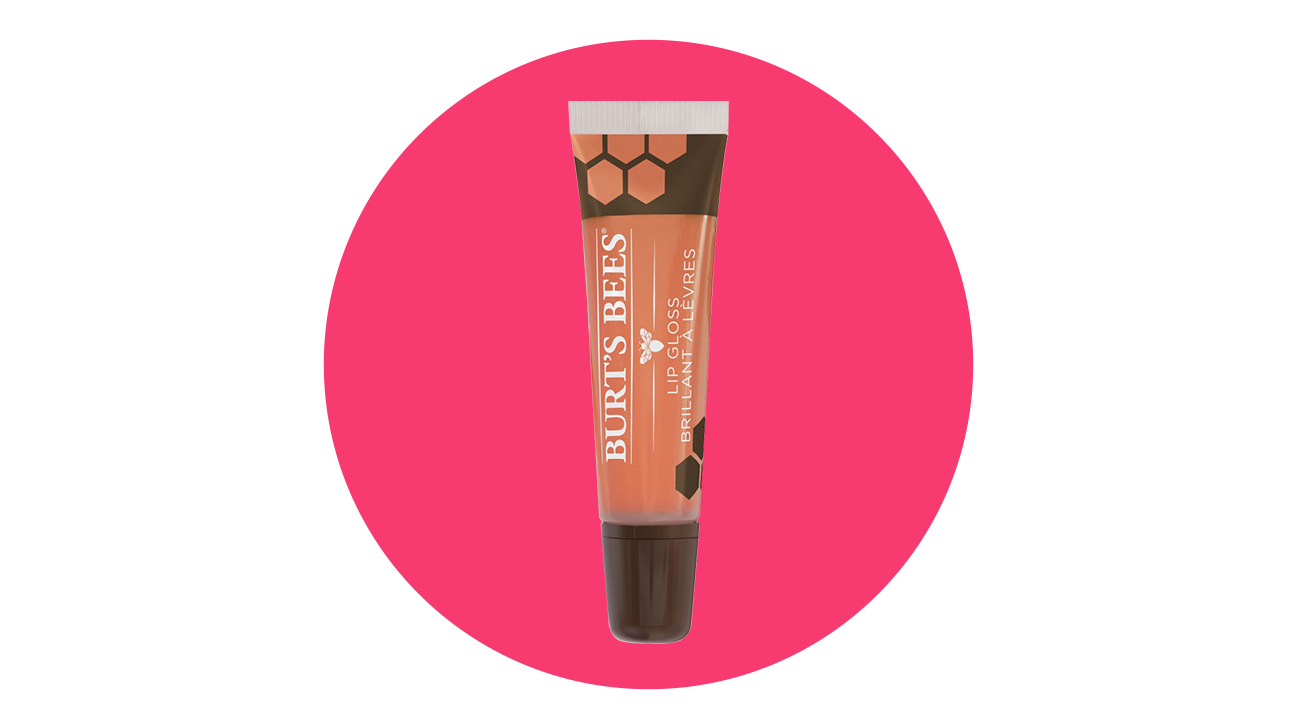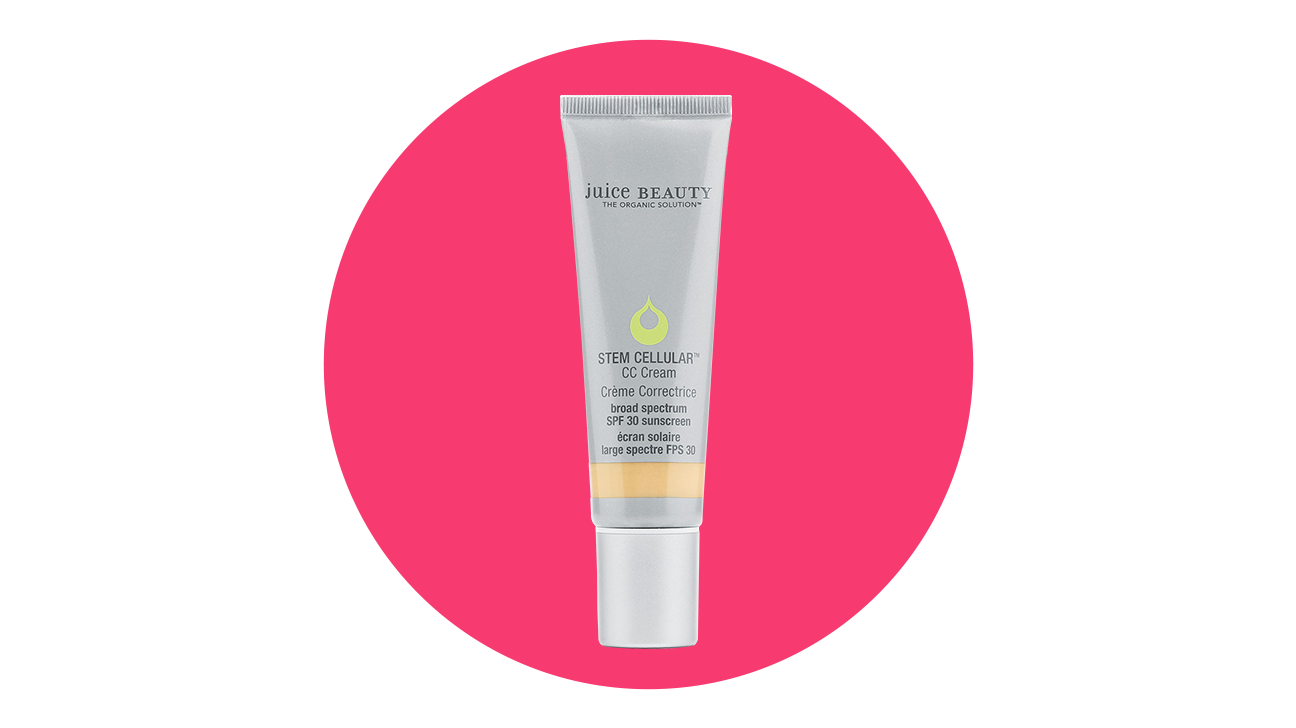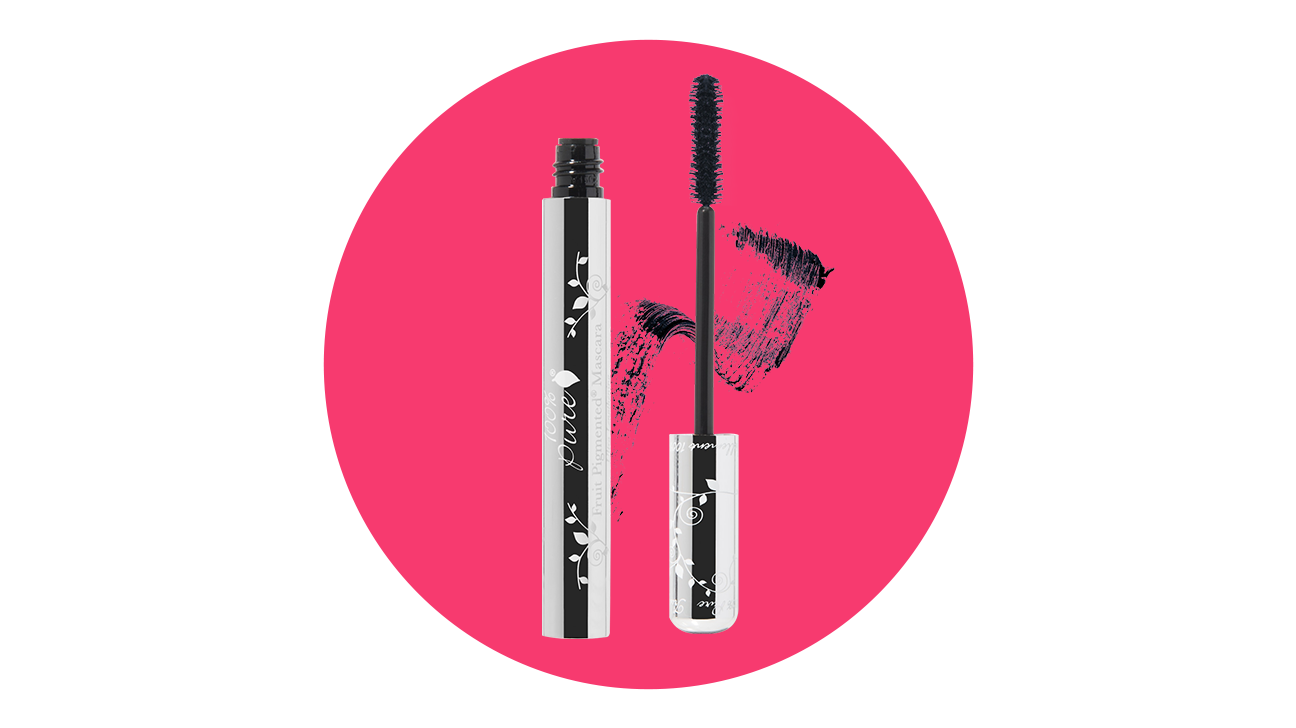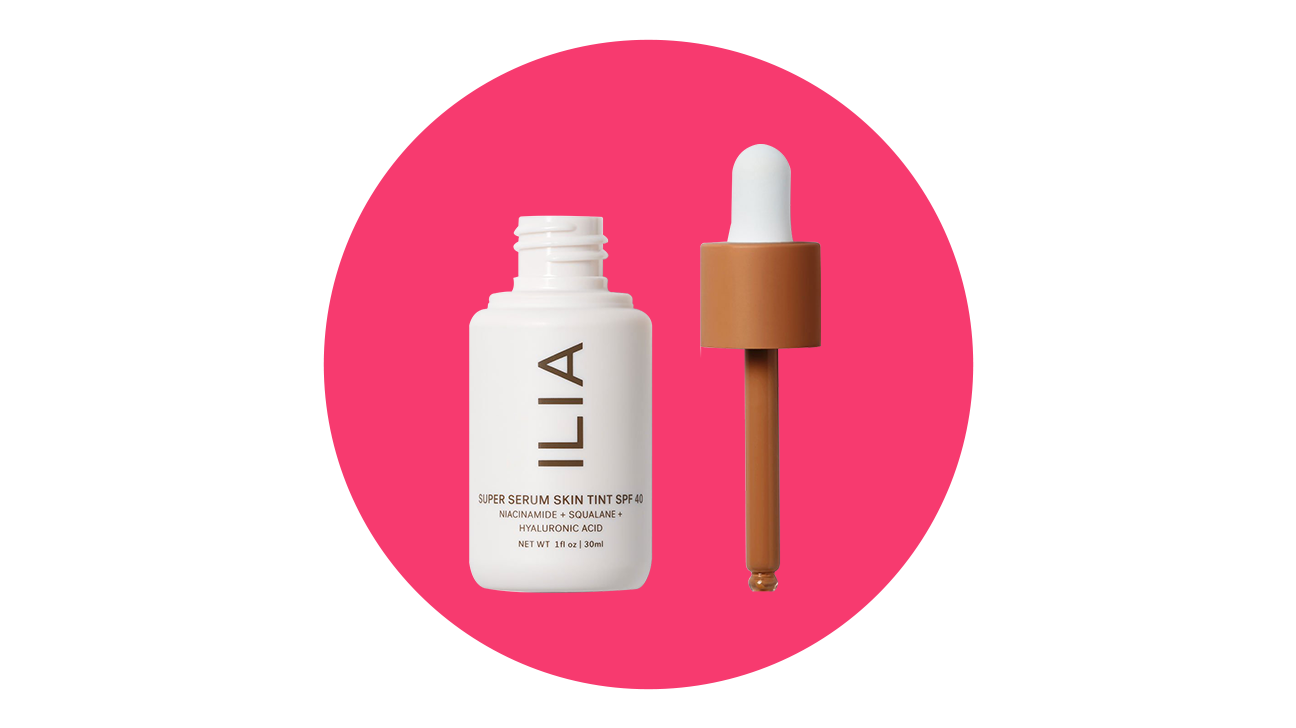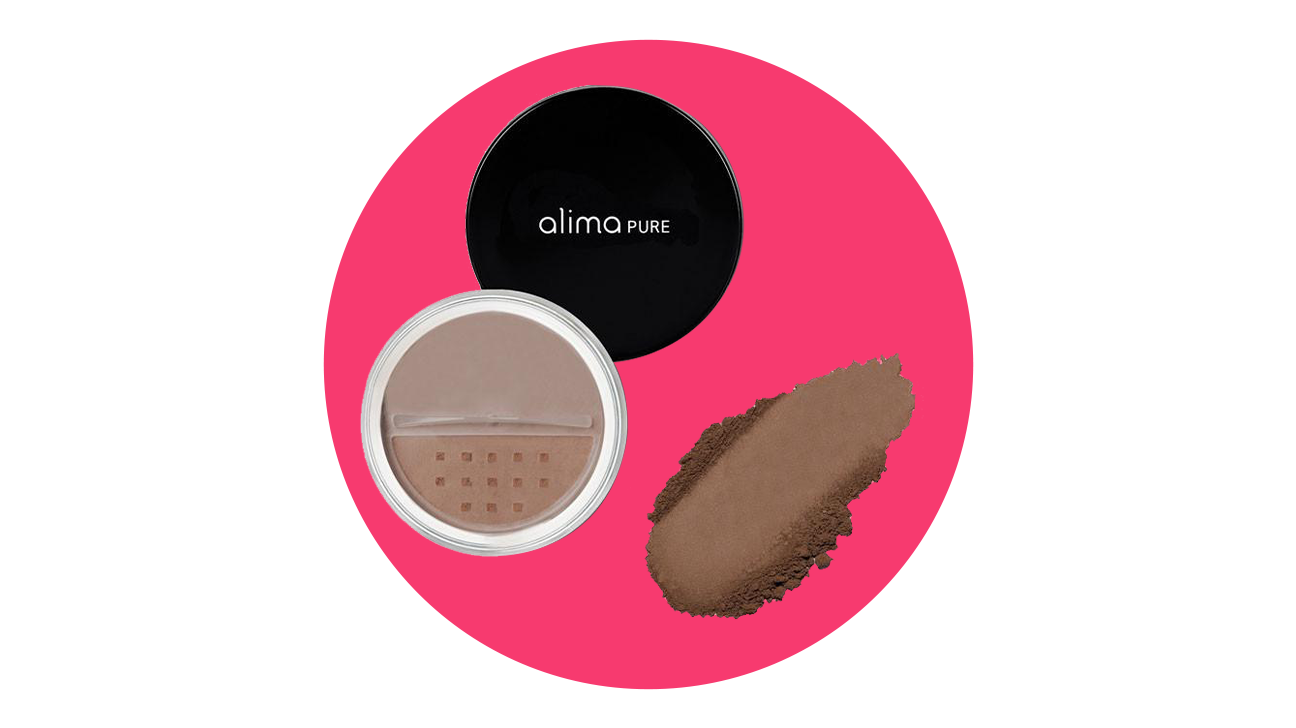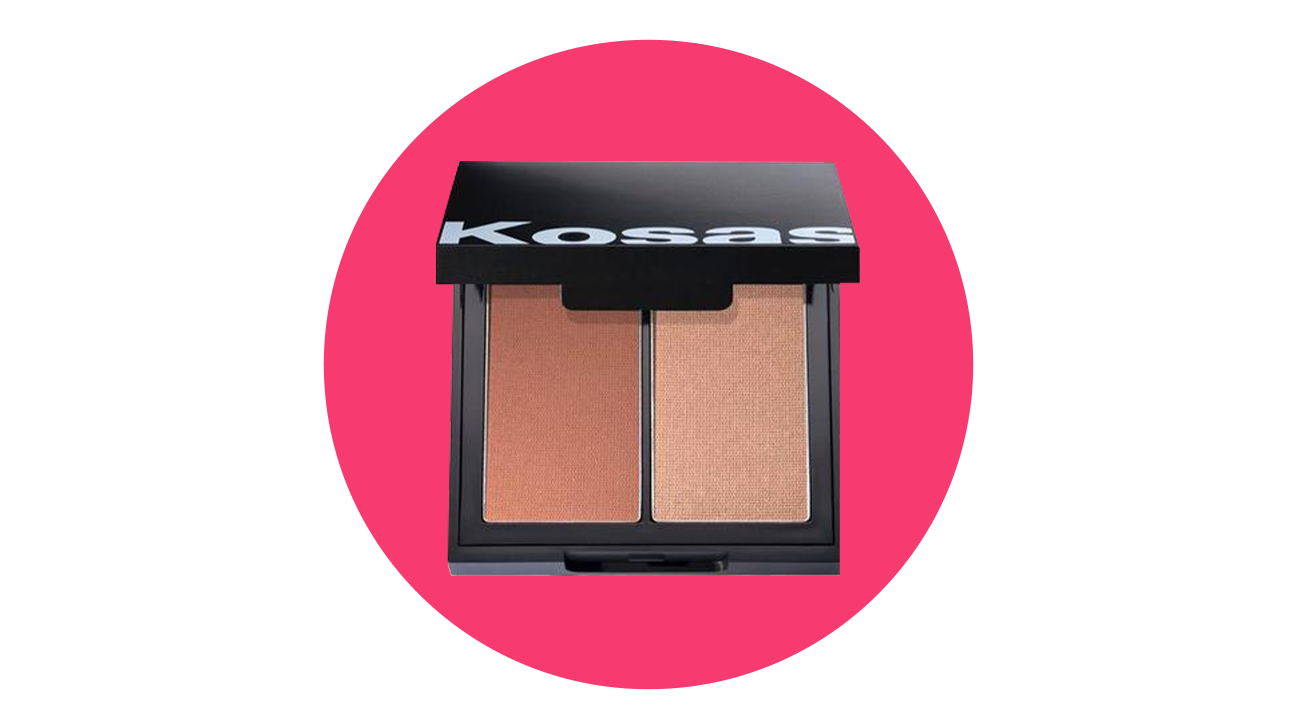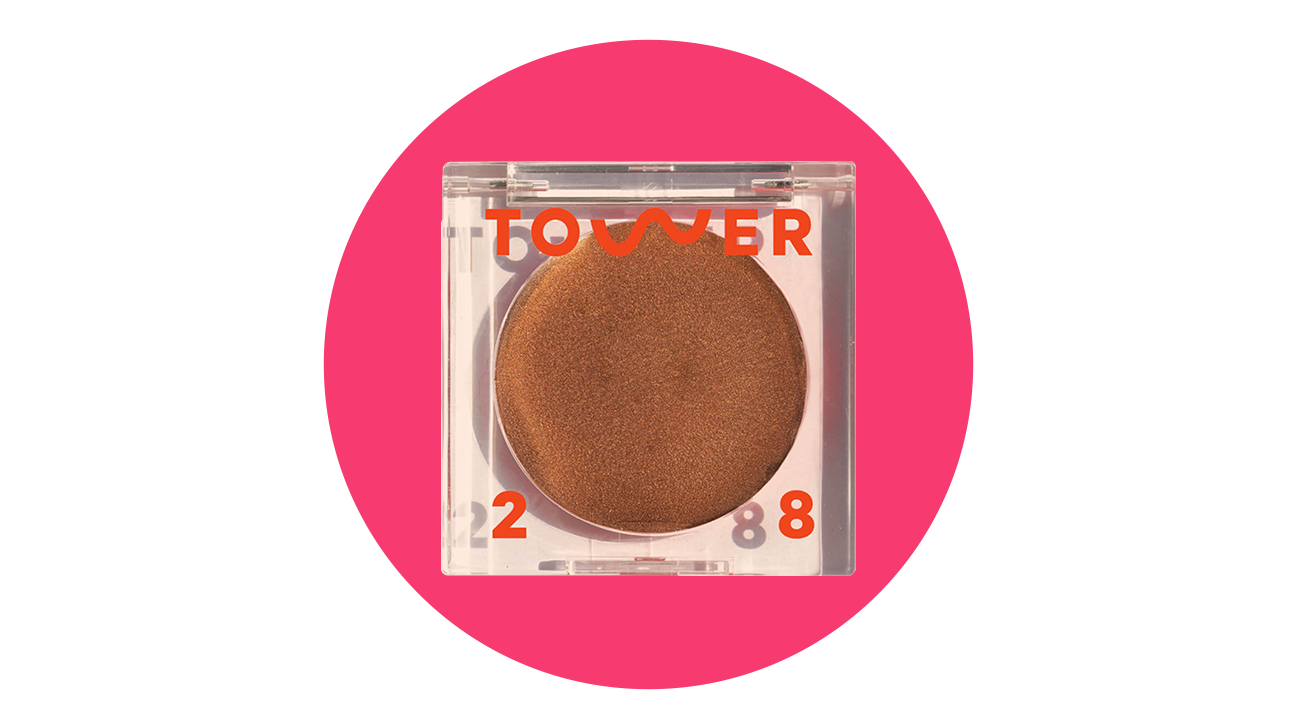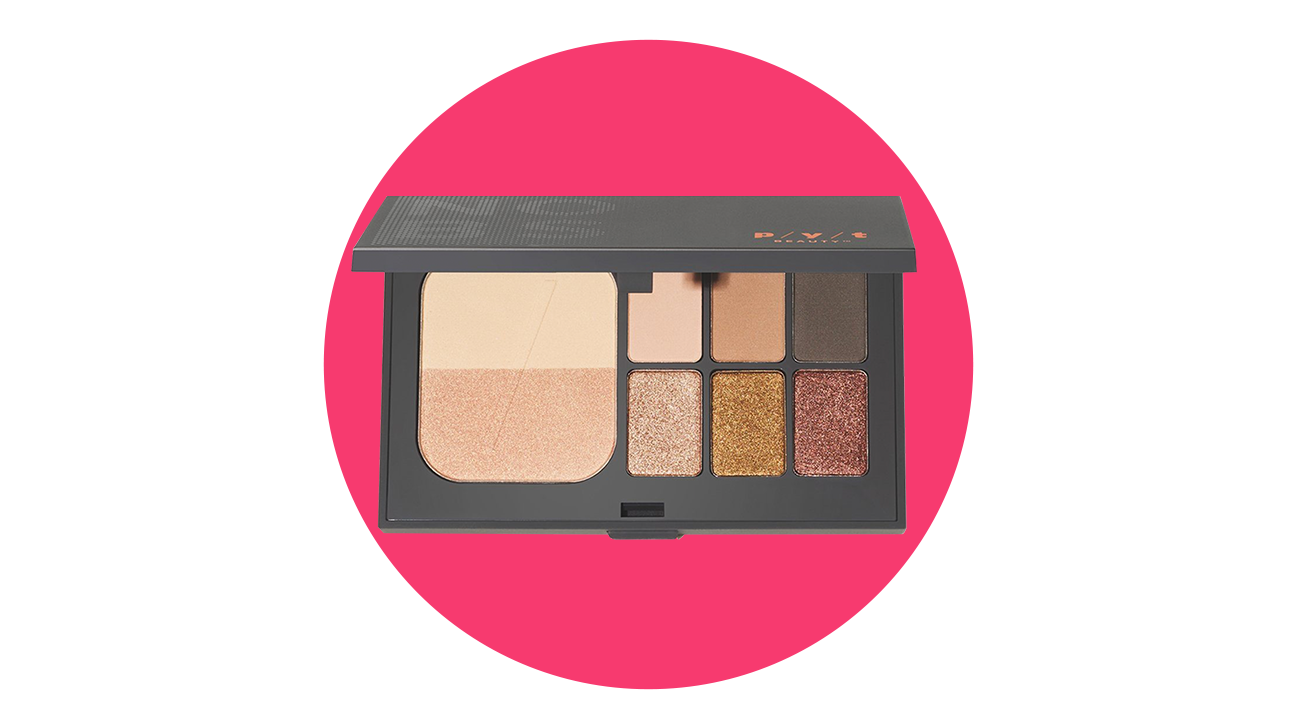Menstrual cycles have been tracked for a long time to pinpoint your period. But what’s the best way to track when you’re ovulating?
These days, many prefer the ease of an app over the traditional calendar, but it’s the same idea: Knowing roughly when your ovary releases an egg can be pretty useful.
Whether you’re trying to boost your odds of pregnancy or lower them, let’s break down eggsactly how to pinpoint when you’re ovulating.
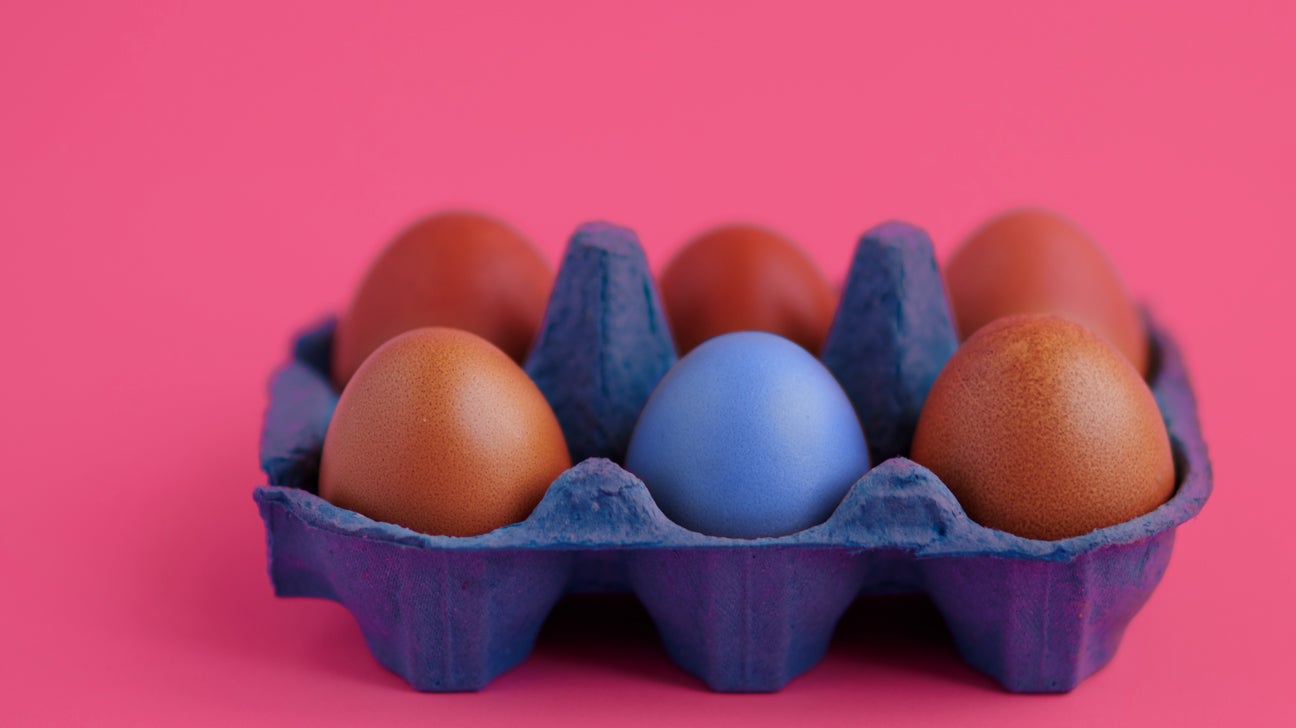
What is ovulation, anyway?
Ovulation happens when one of your ovaries releases a lil’ egg that travels from your fallopian tube to your uterus.
Around days 6 to 14 of your menstrual cycle, follicles in one of your ovaries begin to mature. By day 10 or 14, an egg develops from one of your follicles. The egg then continues on its mission around day 14.
When does ovulation happen?
Ovulation happens typically once a month if you have a uterus and are of childbearing age — usually around day 14 to 16 of a 28-day menstrual cycle (AKA, about 2 weeks after your period). In rarer cases, some people might release multiple eggs within 24 hours of each other.
Once an egg is released, your mature egg (aw, so grown up!) is ready to be fertilized. If sperm fertilize your egg, surprise, next comes conception and pregnancy.
Otherwise, your egg will dissolve within 12 to 24 hours. When fertilization doesn’t happen, Aunt Flo comes-a-marching: Your egg and uterine lining will shed in about 2 weeks.
Then, much like Groundhog Day, the whole thing starts over. And over.
When do you ovulate on birth control?
The pill typically prevents ovulation. For instance, combination birth control pills contain estrogen and progesterone, stopping your egg-formation process. These hormones also thicken up your cervical mucus, making it harder for sperm to wriggle into your uterus.
The progesterone-only pill, AKA the mini pill, also thickens your cervical mucus, thins your uterine lining, and suppresses ovulation. For maximum effectiveness, the pill should be taken at the same time every day.
According to the National Health Service, about 9 in 100 women on either pill have an accidental pregnancy each year. The pill’s effectiveness can vary based on the time you take it, other medications or supplements, and certain medical conditions.
If you’re concerned about an unplanned pregnancy, talk to your OB-GYN about how to play it as safe as possible.
In general, it’s best to use a backup barrier-form of birth control (condoms FTW!) for at least the first week on the pill. Ovulation can still happen until your bod acclimates to hormones.
How long does ovulation last?
Ovulation only lasts for about 12 to 24 hours, but peak fertility lasts for quite a bit longer.
According to the University of California San Francisco, sperm can survive for up to 5 days in the female reproductive tract. So, there’s a pretty big window for fertilization to occur. This means that there’s about a 5 to 6-day window you can get pregnant (and you don’t even have to do the deed during ovulation).
Signs and symptoms of ovulation
Not everyone experiences symptoms of ovulation. Sometimes, though, people may notice some or all of the following signs:
1. Ovulation bleeding
Bleeding doesn’t exclusively happen during your period — it can also occur during ovulation. Unlike most periods, though, ovulation bleeding is typically super light. Basically, some people notice some faint spotting that might require an underwear liner at the most.
The spotting is usually light pink or red in color, which is a sign that the blood’s mixed with cervical fluid. It should only last for 1 or 2 days or about 11 to 21 days after the first day of your last period.
Only about 3 percent of people have mid-cycle spotting, though. So, it’s not a super reliable way to check for ovulation.
2. Ovulation cramps
Chances are, you know a thing or two about period cramps. While much less discussed, ovulation pain can be a thing too. In fact, German speakers even have a name for it: mittelschmerz, which translates to “middle pain.”
Some describe these sensations like a ”twinge” or a ”pop” in either ovary, a mild burning sensation, or a feeling of heaviness in the lower abdomen. The discomfort is often quite subtle and short-lived.
3. Basal body temperature
Checking your temperature each morning when you wake up may lend clues to when you ovulate.
Your basal body temperature (BBT) is the temp you have when you first wake up — before you even check your emails or trudge your way to the French press. During ovulation, your BBT rises by about 1°F or less and stays that way until menstruation.
This slight increase happens due to the hormone progesterone, which helps your uterine lining become thick and spongy to prep for implantation.
4. Revved-up sex drive
If you’re more than ready to get down and dirty, you might be ovulating. No one’s sure exactly why some people get horny before their periods, but it could be due to a rise in estrogen and testosterone levels during ovulation.
5. Soft cervix
Your cervix (essentially the lower portion of your uterus) gets a little softer than usual, sits a little higher, and becomes more moist during ovulation.
Earlier in your cycle, your cervix is firmer and closed. When you keep tabs on your cervix, you’ll start to notice the changes.
6. Egg-white discharge
Wait, what’s that stuff in your undies right now? If you notice an influx of different-looking discharge, ovulation may be the culprit.
Cervical mucus consists mostly of water. When estrogen levels surge during ovulation, this fluid becomes more voluminous, stretchy, and clear — almost like egg whites. Basically, it’s the wave that sperm ride to the egg.
During peak fertility, you might notice a lot more than usual. When it looks stringy and sticky, it could be a clue that you’re ovulating or close to it.
So, how do you know you’re ovulating?
1. Track on an app or calendar
Since ovulation typically occurs around 10 to 16 days before your period starts, an app can be a helpful way to track when it happens. If you prefer the old-fashioned way, a calendar totally works too.
Here’s how to track it with regular-old pen and paper:
- Record the start date and duration of your period for 8 to 12 months.
- Take note of your longest and shortest cycle.
- Subtract 18 days from your shortest cycle — that’s the first day of your fertile window.
- Subtract 11 days for the duration of your longest cycle.
- Your fertile window = the time between the 2 days you wrote down.
For best results, your menstrual cycle should be roughly regular each month. You can also improve your estimates by coupling it with other methods like checking your temperature and cervical mucus.
2. Check your temp
Check your basal body temperature in the morning right when you wake up. Remember to check it while you’re still in bed, before you move around to ensure the reading’s as accurate as possible. If it’s about a degree higher than normal for several days, you might be ovulating.
You should use a thermometer specifically designed to measure BBT. These thermometers have extra features, like temp recall and accuracy of up to 1/100th of a degree.
This method might not be completely reliable, and a research review even concluded that the method is only 22 percent accurate in detecting ovulation. Make sure to combine taking your BBT with other methods for best results.
And, take note: A late night of drinking, traveling, or illness can also get your BBT out of whack.
3. Survey your cervical fluid
Keep your eyes on your cervical fluid for clues about ovulation. If it looks thick and clear like egg whites, you might be ovulating.
To check your fluid, simply check the residue in your undies or use a clean finger to survey the liquid. A stringy texture is a decent indicator that ovulation’s going on.
4. Scope out your cervix
To see if you’re ovulating, you can use clean fingers to reach inside your vagina and feel your cervix. If it feels firm (kind of like your nose cartilage), you’re prob not ovulating. If it feels soft and moist (more like your lips), then you might be ovulating.
This is obvs not an objective test, but it can lend a helpful hint.
5. Use an ovulation predictor test
During ovulation, your bod starts making more luteinizing hormone (LH), causing the egg to be released. An ovulation predictor test can help detect the levels of LH in your body, which can help predict when ovulation goes down.
Also known as a luteinizing hormone (LH) test, the pee strip or digital test measures the amount of LH in your urine. You can pick one up at any drug store.
According to the American Association for Clinical Chemistry, these tests have varying accuracy levels and should not be used to definitively predict when ovulation occurs. Again, using a few methods can help you pinpoint ovulation with more accuracy.
How to prevent pregnancy during ovulation
Not on birth control, but want to prevent pregnancy during ovulation? Natural birth control tracking methods like fertility awareness methods (FAMs) can help you keep tabs on your menstrual cycle so you can predict ovulation and avoid pregnancy.
According to Planned Parenthood, when used correctly, FAMs are about 76 to 88 percent effective when used as birth control, meaning that about 12 to 24 out of 100 couples who rely on FAMs will become pregnant each year.
To use FAMs to predict ovulation, here’s what to do for the best results:
- Combine several FAM methods. According to Planned Parenthood, you can track ovulation with the temperature method, the cervical mucus method, and the calendar method for best results. A fertility app and regular LH tests can also help you keep tabs on ovulation.
- Use a barrier method or abstain during ovulation. During your estimated ovulation window + 3 days before and after, abstain from sex or use a barrier-form of birth control (like a condom) to prevent pregnancy.
- Talk to a nurse, doctor, or counselor. Tracking your fertility takes a lot of time, patience, and expertise. If you’re committed to this method, you can also chat with a nurse, doctor, or counselor familiar with FAMs to help guide you through the process.
How to get pregs during ovulation
Tracking ovulation is a tool to help increase the odds of pregnancy. If you’re hoping to have a baby, these tips might help:
- Use several methods to track ovulation. Combining multiple predictive methods, like the calendar method, LH test, and BBT method, will help increase the accuracy of your ovulation window prediction. Being consistent definitely helps too.
- Have sex before and after ovulation. You’re most likely to get pregnant 2 or 3 days before your ovary releases an egg, so be sure to hit the sack around this estimated time period.
- Talk to a professional. Tracking your fertility can be exciting — it can also be overwhelming. For best results, talk to a doctor who specializes in fertility. They can offer the guidance you need.
The takeaway
Tracking when ovulation occurs is tricky and notoriously unreliable, but you can take steps to improve accuracy. Combining several methods (like the calendar, temperature, and cervical mucus methods) and chatting with a medical professional may improve results.
from Greatist Health RSS Feed https://ift.tt/3ltIaUA

